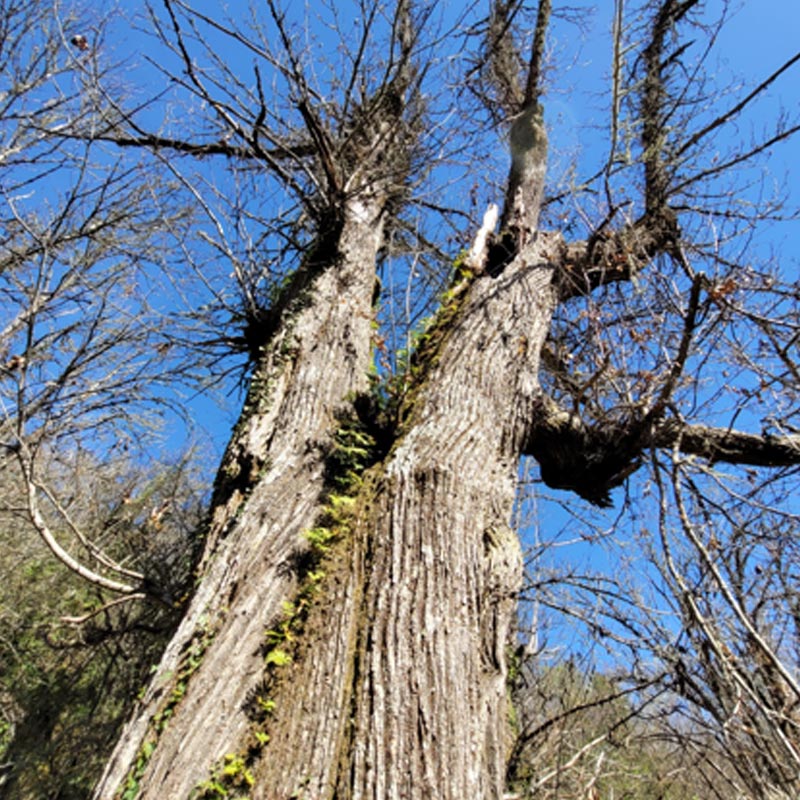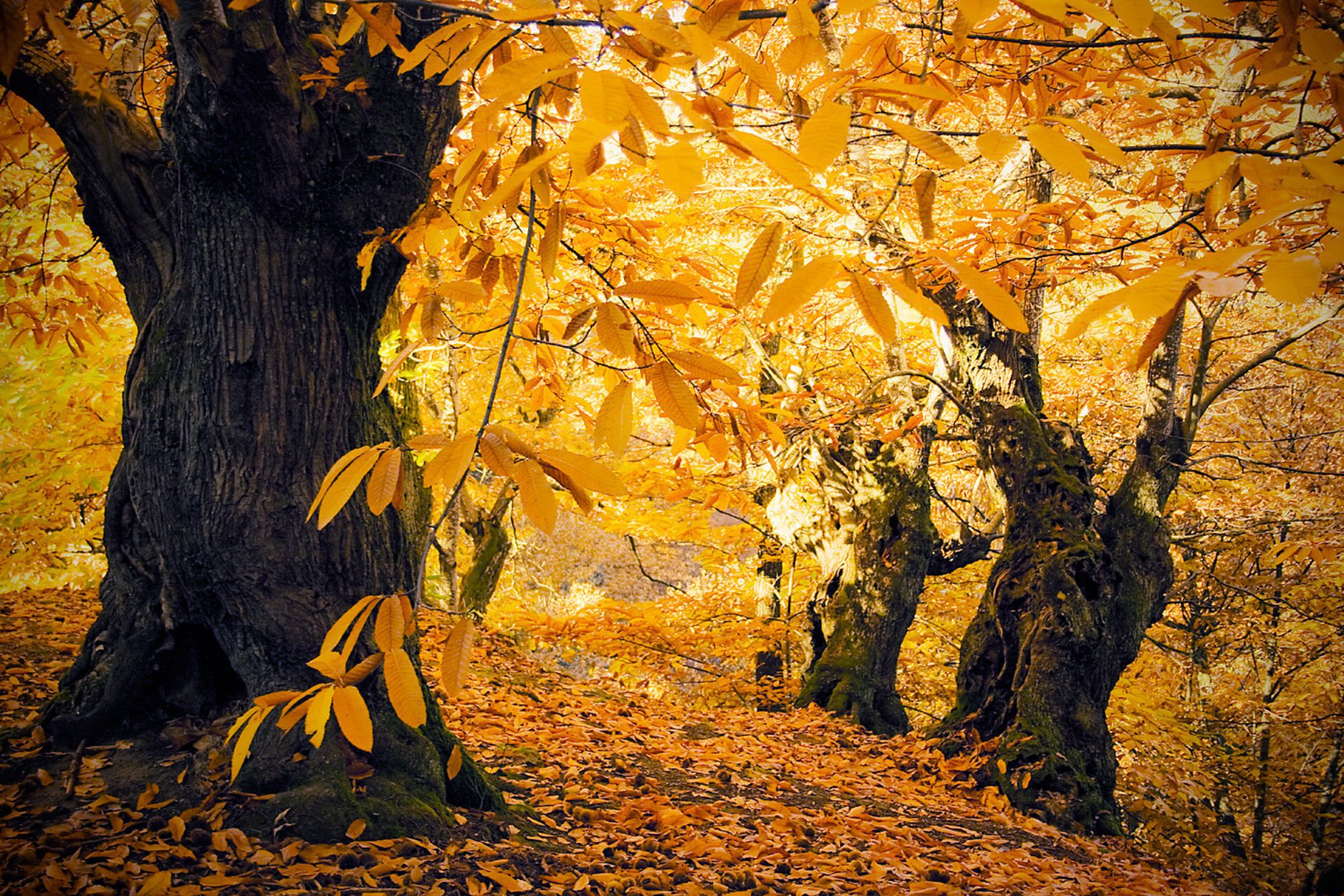Field Trip
Two pick-up points
8:00 A.M in front of the Eurostars Gran Hotel Lugo,
Av. Ramón Ferreiro 21
https://www.eurostarshotels.co.uk/eurostars-gran-hotel-lugo.html
OR
8.15 A.M departing next to the parking lot in front of the Congress Hall
(at the bus shelter)
First stop at 9:00. Samos Monastery
The monks of the monastery are Benedictines. It is unknown with certainty when they accepted the Rule of St. Benedict, possibly in the middle of the X century. From a tombstone, it is known that in the middle of the VII century the bishop of Lugo Ermefredo restored it.
Benedictines are supposed to be involved in the spread of chestnut cultivation in northwestern Spain, specifically in ‘O Courel’, the next step of our field trip.
We will make a short stop to visit the reserve of orchids (among them, one endemic orchid from O Caurel) in the top of the hills of the entrance to the Caurel valley with a splendid view.

Second stop at 10:30. The giant chestnut tree (22 m of perimeter) ‘Horta Dorden’.
The giant tree ‘Horta Dorden’ belonged to The Order of Santiago (Spanish: Orden de Santiago), a religious and military order founded in the XII century, which initial objective was to protect the pilgrims on the Way of St. James.
Nearby, there is another giant tree with 10 m of perimeter grafted with cv. ‘Courelá’.
Break at “Aldea do Mazo”
Third stop at 14:00. Chestnut trees in ‘Parada’
The village of ‘Parada’ has one of the best-conserved chestnut orchards surrounded by a spectacular landscape. The stand was protected by the Galician writer Uxío Novoneyra, which foundation is the access to the property (uxionovoneyra.com).
‘Sequeiros’ were old constructions used to dry chestnuts and we will visit one still in use in the village. We are organising a performance of the ‘Pisa da castaña’ to release the kernel of the nuts from the pericarp after being dried (pending on finding the chestnuts out of season).
Short break after in the Caurel Scientific Station (www.usc.gal/gl/investigar-na-usc/rede-estacions-bioloxicas/estacion-cientifica-courel).

Entrance of the “sequeiro” in Parada, still in use to dry and conserve chestnuts during winter.
Fourth stop at 16:00. Chestnut trees in Val das Mouras
Val das Mouras is a karst landscape covered with astonishing chestnut trees with the crown pruned at 7 m over the ground level and higher, in a competitive agricultural system to produce better nuts and logs.

Fifth stop at 18:00. Recovering chestnut stand at Ferrería Vella.
We will have the possibility to rest after the walk-in Cantina O Pontón (oponton.es) before returning to Lugo.
If we have spare time, we will also stop at Seceda village.



